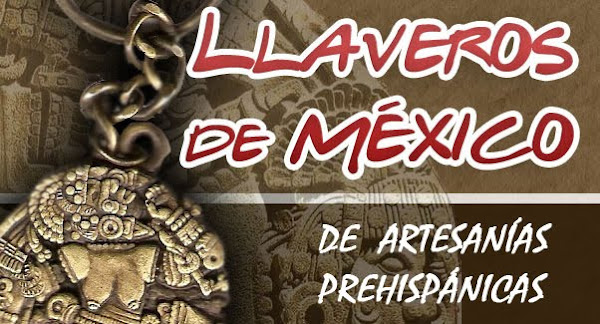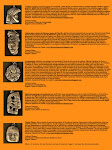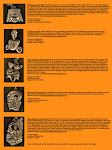
Hacha con personaje con tocado de ave, de El Tajín, zona arqueológica cerca de la ciudad de Papantla, y de Poza Rica, Veracruz. La ciudad de Tajín fue la capital del estado Totonaca. Tajín significa Ciudad o Lugar del trueno en lenguaje totonaca. Se piensa que Tajín también fue el nombre de algún dios. La construcción de edificios ceremoniales en el Tajín probablemente inició en el siglo I. En el Periodo Clásico mesoamericano temprano el Tajín mostró influencia de Teotihuacan; mientras que en el Posclásico mostró influencia tolteca. En El Tajín, tres son las representaciones escultóricas más significativas: las palmas, los yugos y las hachas votivas.
Cultura: Totonaca.
Procedencia: El Tajín
Región: Centro-Norte de Veracruz.
Axe with personage with bird head dress, from el Tajín, archaeological zone near the city of Papantla, and Poza Rica, Veracruz. The city of Tajín was the capital of the Totonaca state. Tajín means City or place of the thunder in totonaca language. It is thought that Tajín was also the name of some god. The construction of ceremonial buildings in el Tajín started probably in the first century. In the early Classic Mesoamerican period, el Tajín showed influence from Teotihuacán, while in the Post Classic period it showed Toltec influence. In Tajín, three are the most meaningful sculptural representations: palms, yokes and the votive axes.
Culture: Totonaca
Location: El Tajín
Region: Center-North of Veracruz


